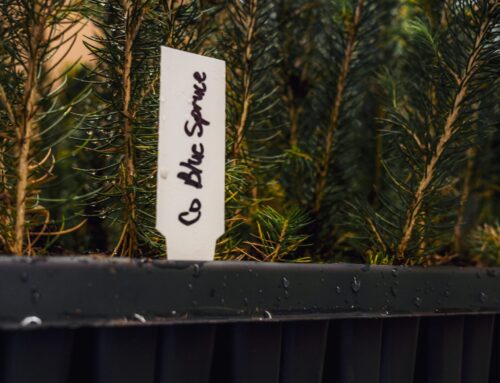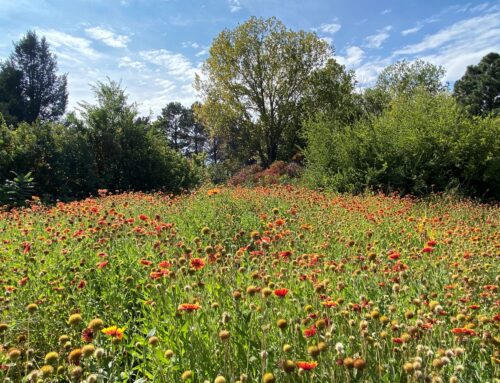West Greeley Conservation District offers a range of cost shares, including one for windbreaks and living snow fences.
Farmers, ranchers and others around the world use windbreaks and living snow. Although different species of trees comprise the windbreaks, they all have the same focus: conservation.
Windbreaks:
- Enhance soil health;
- Provide protection for livestock and crops;
- Control blowing snow;
- Slow soil erosion;
- Provide wildlife habitat, and more.
Rows of trees and shrubs make up windbreaks. In Weld County, Rocky Mountain junipers, and eastern red cedars are commonly planted.
If planting a windbreak is an option, consider the steps.
Plan
Where will the trees be planted? Do you have a location in mind? What direction does the wind really tend to hit your property? Are there buildings, powerlines or roads nearby? Tiny trees will need space to grow. Also, consider the soil, the elevation and your ultimate planting goal.
Select
Many types of trees can be used in windbreaks. Many people know what kind of trees they want to grow, some grow windbreaks composed of trees that are already growing on their property and others work with Colorado State Forest Service Nursery to determine the best species.
WGCD is also a resource for windbreak planning. The District, like many others in Colorado, hosts an annual seedling tree sale. WGCD’s tree sale is yearly, November to March. This is a great way to purchase affordable seedlings. Purchase fabric mulch along with trees. The black, heavy-duty material prevents weeds and holds moisture in the soil.
Space
Plant shrubs 4 to 6 feet apart. Junipers and cedars should be 6 to 8 feet apart, and pines and spruces, 10 to 14 feet. Allow 8 to 15 feet between rows, depending on species selection and desired spacing.
Prepare, Plant, Water
Site preparation varies depending on soil texture. Generally, disc the site to reduce the pressure from grasses and weeds. Only disc the area that will be a part of the windbreak, or the part that the fabric mulch will cover. After site prep is complete, stretch the fabric over the site. Cut holes into the fabric and place the trees in the holes.
Remember to keep trees well watered and windbreak rows maintained for the first 5 years, the most crucial time for them to become established.
For details, assistance in planning or windbreak problem solving, contact Liz Schneider at West Greeley Conservation District, 970-356-8097 ext 142 or liz.schneider@wgcd.org





